The 2025 Smart Home Technology Trends Survey, conducted by Harbor Research for the Association for Smarter Homes & Buildings (ASHB), details escalating adoption, evolving consumer attitudes, and emerging opportunities in the smart home sector across the U.S. and Canada. Drawing insights from 611 respondents, the report highlights a rise in smart home adoption—from 49% in 2024 to 59% in 2025—driven by improvements in both market dynamics and survey methodology.
Rising Adoption and Persistent Barriers
Smart home technologies are steadily entering mainstream use, with entertainment systems (smart TVs, displays, speakers) leading at 55% penetration among adopters. Other widely adopted categories include smart thermostats (34%), security alarms/displays (32%), smart lights/controllers (31%), and access/recognition systems (25%). While enthusiasm is up, cost remains the leading barrier: 46% of adopters and 52% of non-adopters cite it as the main hurdle. Complexity of implementation and setup follows, deterring approximately 28% of each group. Notably, a small but significant minority of both adopters (13.5%) and non-adopters (10%) report no challenges at all.
AI, Sustainability, and Data Priorities
About 32% of respondents report having AI-powered smart home features, predominantly for voice recognition/control (45% of AI users) and automated energy management (40%). Trust in AI vendors is relatively strong: 46% express high trust, and another 45% report moderate trust levels.
Sustainability is gaining traction, with top desired smart features including real-time energy monitoring (28%), automated energy optimization (25%), and real-time water monitoring (21%). Consumers are largely open to sharing smart home data when it leads to reduced utility costs, resource consumption, or waste.
Data Sharing, Consumer Trust, and Partnership Pathways
The survey underscores a hierarchy of trust among solution providers. Utilities (electric and water) command the highest trust for sensitive data sharing (comfort score: 3.74 out of 5), outperforming social media and cloud providers (scores between 3.09-3.12). Security providers (3.53) and communication service providers (3.58) also enjoy solid trust, while smart device suppliers and HVAC vendors fall in the middle (3.38-3.45). Consumers are most comfortable sharing energy/water usage data (3.64), home environment metrics (3.61), and appliance usage patterns (3.57). These trust dynamics create partnership opportunities for providers who want to leverage established relationships to broaden service offerings.
Market Opportunities and Developing Solutions
Safety and security top consumer priorities (55.9%), with environmental comfort (36.6%) and air/water quality (38.8%) as important secondary domains. AI has the greatest appeal in security, with 26.7% willing to adopt AI for security applications and 45% identifying security automation as the most useful. Energy management is another key opportunity, as 35% of consumers report high energy costs as their chief concern, and large numbers demand real-time monitoring (28.6%) and automated optimization (24.6%). Despite rising adoption, only 8.5% of homes are fully integrated smart environments, indicating significant growth potential for turnkey solutions.
Privacy, Transparency, and User Control
Data privacy is a concern for 26.2% of respondents overall and a pronounced 43.5% for AI applications. However, more than half of consumers report greater willingness to adopt smart and AI capabilities given improved transparency (53.8%) and personalized workflow options (53.2%). Providers who prioritize features like local data processing, granular user consent mechanisms, and clear data usage dashboards are best positioned to allay privacy fears.
Outlook: Where Providers Win
To capitalize on trends, solution providers should focus on three principal areas:
- AI-enhanced security with environmental monitoring integration, reflecting top consumer priorities.
- Unified energy management ecosystems leveraging trusted utility partnerships to address high energy costs.
- Comprehensive assisted living solutions, including wearable biometrics for the growing demographic with assisted living experience (38.7% rate biometrics as crucial).
Those who deliver financial benefits, evident transparency, and user control—especially through partnerships with high-trust brands—will best harness the momentum as smart home adoption moves from early adopters toward the mass market.
The free executive summary of The 2025 Smart Home Technology Trends Survey can be found here.
Image above: Courtesy of ASHB






You must be logged in to post a comment.